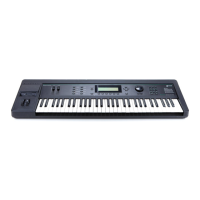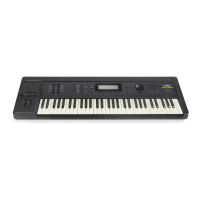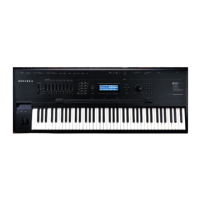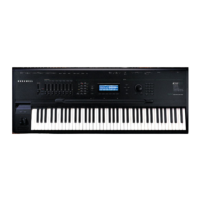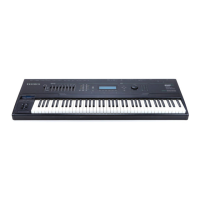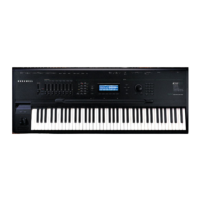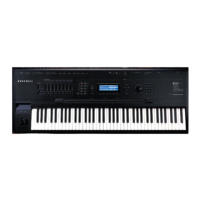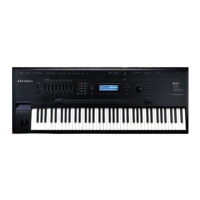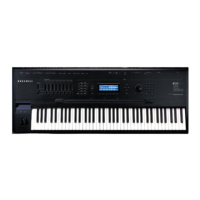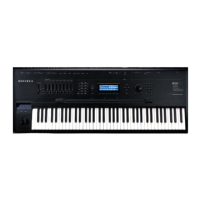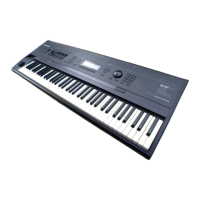3-1
Chapter 3
Song Mode and Sequencing
Getting Started with the Sequencer
The K2000’s sequencer is a powerful and versatile tool for songwriters, composers, and anyone
else who needs to record and play back songs. As with any tool, however, it’s best to start with
the basics. This section begins with a tutorial where you will record a song, then shows some of
the mixing capabilities of the sequencer. If you are familiar with other sequencers, you will
have no problem using Song mode in the K2000. Read through this section, however, to learn
about the features that make the K2000’s sequencer unique.
What is a Sequencer?
A sequencer is similar in some ways to a multi-track tape recorder: you can record and play back
all sorts of music and sounds, layer sounds on top of other sounds, and change or manipulate
things that you’ve previously recorded. Unlike a tape recorder, however, you do not actually
record sounds with a sequencer. Rather, you are recording commands that cause sounds to be
played. Nonetheless, we will sometimes explain sequencer features by drawing analogies to
familiar tape recording techniques such as splicing and overdubbing.
There are several advantages to recording a song by sequencing. For one thing, sequencer
commands take up much less disk space than digitally recorded music would, so you can get a
lot of musical data on a single floppy disk. Furthermore, you can easily make changes to your
sequences. For example, you can change individual notes, transpose parts, or change
instrumentation. Lastly, you can share the sequences you create with other musicians.
The Local Keyboard Channel
Before you being sequencing, we’d like to remind you about the Local Keyboard Channel
parameter on the MIDI Receive page (described in Chapter 10 of the Musician’s Guide). Local
Keyboard Channel is especially important for sequencing with the rack mountable K2000R,
since it enables you to record on different tracks without constantly switching transmit channels
on your controller. Therefore, you should do the following before you begin sequencing with the
K2000R (or any K2000 model, when using an external controller):
• Set the Local Keyboard Channel on the MIDI Receive page to a specific channel (1–16).
• Set your controller (e.g., keyboard) to transmit on the same channel.
Performing the above two steps means that you’ll be able to hear the individual channels (each
of which is assigned by default to a separate record track) as you scroll through the different
record tracks in the K2000’s Song mode. Local Keyboard Channel performs a “rechannelizing”
function that makes this happen.
Patch Through
There’s one more use for Local Keyboard Channel. With any model of the K2000, the Local
Keyboard Channel parameter lets you “patch through” (also known as “soft through”) to
external sound modules. When Local Keyboard Channel is enabled, the K2000 takes the
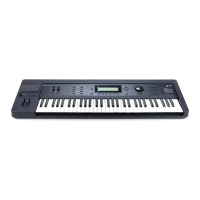
